As 2025 approaches, the demand for advanced smoke detection has never been greater. Rapid changes in regulations and the rise of new air quality challenges are driving the need for smarter solutions. This guide explores the airguard smoke detector, offering essential insights into its technology, unique features, and real-world uses. Our goal is to arm you with current knowledge, helping you make informed choices about smoke detection in evolving environments. Discover how airguard smoke detector stands out, learn about installation, compliance trends, comparisons, and expert tips to maximise safety where it matters most.
The Evolution of Smoke Detection: Why 2025 Demands More
Smoke detection has come a long way since the early days of basic alarms that only reacted to visible smoke. Traditional devices simply sensed particles from burning materials, often missing more subtle or modern threats. Today, the need for smarter solutions is more urgent than ever. The airguard smoke detector stands at the forefront of this evolution, responding to a rapidly changing safety landscape.

The Changing Landscape of Fire and Air Quality Safety
Regulations and expectations are shifting in 2025. It is no longer enough to simply detect fire or traditional cigarette smoke. The airguard smoke detector is engineered to identify a range of airborne substances, including cannabis and vaping aerosols, which are increasingly common in public and private spaces.
Authorities are implementing stricter building codes and insurance providers now require enhanced detection for liability reasons. Public health guidelines also demand more precise monitoring of air quality, especially in communal environments.
These regulatory updates reflect a broader understanding of risk. It is not just about preventing fires but also about safeguarding air quality and health. The airguard smoke detector is designed to meet these higher standards, ensuring both compliance and peace of mind.
Multi-use environments face unique safety challenges. Hotels, schools, offices, and public housing must address not only fire risks but also the misuse of substances in areas where smoking is banned. For instance, many hotels struggle with unauthorised smoking in non-smoking rooms, leading to costly clean-ups and dissatisfied guests. The airguard smoke detector provides a targeted solution, helping staff respond quickly and enforce policies.
Sector-specific needs include:
- Hotels: Detecting and deterring smoking or vaping in guest rooms.
- Schools: Monitoring bathrooms and common areas for student vaping or cannabis use.
- Offices and public housing: Ensuring a safe and compliant environment for all occupants.
These spaces benefit from advanced detection technology that adapts to different substances and usage patterns.
The market for smart detectors is growing rapidly. According to recent industry projections, the global smoke detector market is expected to exceed 4.32 billion USD by 2032, fuelled by new fire safety regulations and increased adoption in both residential and commercial buildings. For more insights on what is driving this surge, see the Smoke Detector Market to Exceed USD 4.32 Billion by 2032.
The bottom line is clear. Only advanced solutions like the airguard smoke detector can confidently address the complex demands of 2025. As the environment grows more interconnected and regulations get tougher, investing in next-generation detection is no longer optional, it is essential for true safety and compliance.
AirGuard Smoke Detector: Next-Generation Technology Explained
The rise of complex indoor environments has fuelled the need for a smart, accurate, and responsive smoke detection system. The airguard smoke detector stands out as a next-generation solution, built to address the challenges of modern air quality threats far beyond what traditional alarms can offer. With advanced sensors, intelligent software, and seamless connectivity, AirGuard is engineered for the realities of 2025 and beyond.
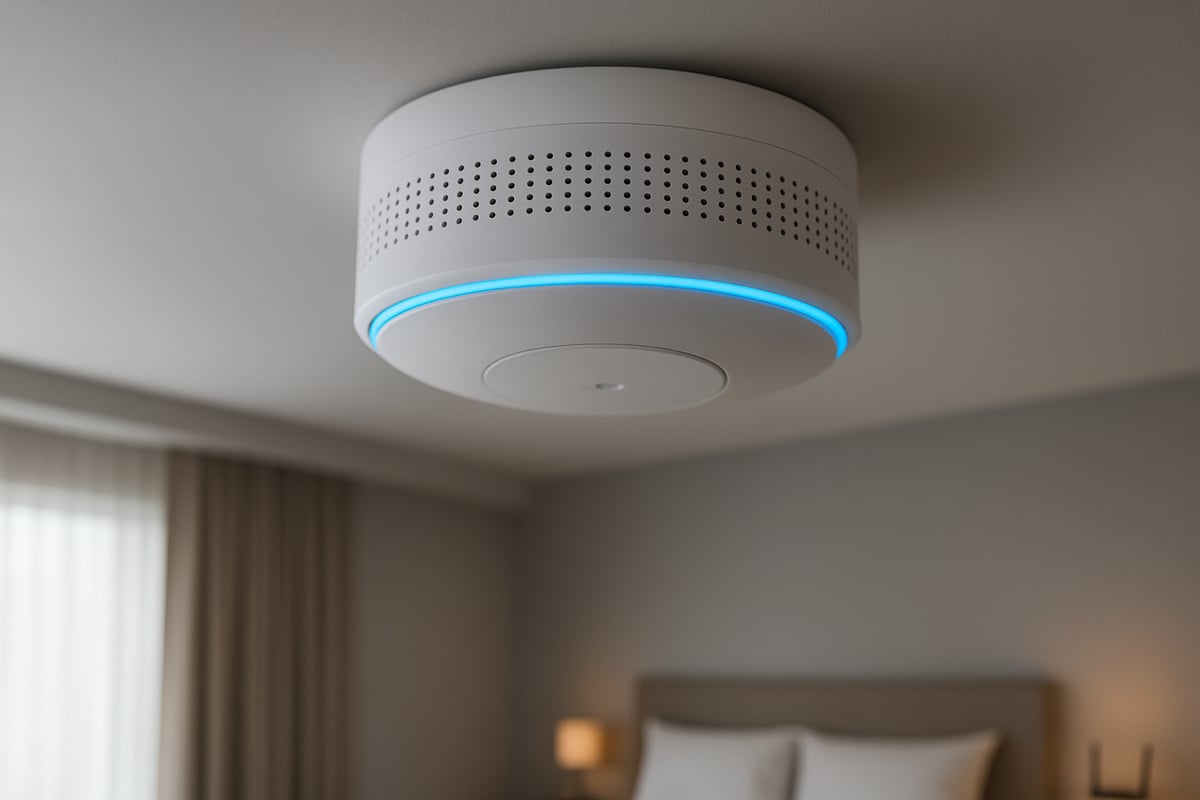
Unique Detection Capabilities and Core Features
What sets the airguard smoke detector apart is its ability to distinguish between different types of airborne substances. Unlike legacy alarms that simply react to generic smoke, AirGuard uses sophisticated algorithms to identify tobacco, cannabis, and vaping aerosols with precision.
This specificity is crucial in environments such as hotels, schools, and offices, where unauthorised substance use can pose both safety and compliance risks. The detector analyses particle composition and density, flagging only relevant threats while reducing false alarms. For a deeper understanding of this technology, see this vape detection technology overview.
Polymer Film Sensors and Substance Identification
At the heart of the airguard smoke detector is a set of advanced polymer film sensors. These sensors are engineered to react differently to various chemical compounds found in smoke and vapour.
When airborne particles enter the detector, the polymer films undergo subtle changes in electrical resistance, which are then interpreted by onboard processors. This process allows AirGuard to not only sense smoke but also discern the substance’s origin, be it tobacco, cannabis, or a vaping product. The result is a highly targeted detection system that supports both health and legal compliance.
Real-time Wi-Fi Alerts and Notification System
A critical feature of the airguard smoke detector is its real-time Wi-Fi connectivity. The moment a threat is detected, the device sends instant alerts to designated administrators or authorities via email, SMS, or app notifications.
This immediate response capability is vital for environments where fast action can prevent further risk or damage. Administrators can customise alert preferences and escalation protocols, ensuring the right people are notified at the right time. This system transforms passive detection into proactive safety management.
Device Formats: Plug-in and Handheld Models
The airguard smoke detector is available in both plug-in and handheld formats, offering flexible deployment for a range of settings. Plug-in units are ideal for permanent installations in hotel rooms, classrooms, or offices, while handheld models provide mobility for temporary or spot checks.
Both formats are designed for easy setup, with intuitive interfaces and compatibility with existing power sources. This adaptability ensures that facilities can tailor their smoke detection strategy to fit unique operational needs.
Integration with Building Management and Cloud Platforms
Integration is a core strength of the airguard smoke detector. The device seamlessly connects with building management systems, security platforms, and cloud-based monitoring dashboards.
Facilities can oversee multiple detectors from a central interface, track trends, and generate compliance reports. Cloud integration also enables remote firmware updates, keeping every unit operating at peak efficiency. This connectivity ensures that safety protocols evolve alongside organisational requirements.
Example: AirGuard’s Application in Public Housing and Dormitories
In public housing and student accommodation, enforcing smoke-free policies can be challenging. The airguard smoke detector provides a practical solution by delivering reliable, substance-specific alerts to property managers.
For instance, housing associations have reported a dramatic reduction in unauthorised smoking incidents after deploying AirGuard. Administrators receive prompt notifications, enabling quick interventions and supporting a healthier living environment for all residents.
Conclusion: Specificity, Connectivity, and Accuracy
The airguard smoke detector achieves 96% detection accuracy, as evidenced by data from similar industry-leading sensors. Its ability to differentiate substances, deliver rapid alerts, and integrate with modern management systems makes it a standout choice.
Compared to legacy alarms, AirGuard’s next-generation approach offers unmatched peace of mind for property owners, facility managers, and building occupants. Investing in this technology is a proactive step toward meeting the demands of a changing regulatory and safety landscape.
Installation, Setup, and Everyday Use: A Step-by-Step Guide
A successful airguard smoke detector deployment starts with careful planning and follows through to ongoing maintenance. Each step is essential for ensuring the system works as intended, remains compliant, and delivers maximum safety benefits. Here is a comprehensive guide for seamless installation and daily operation.
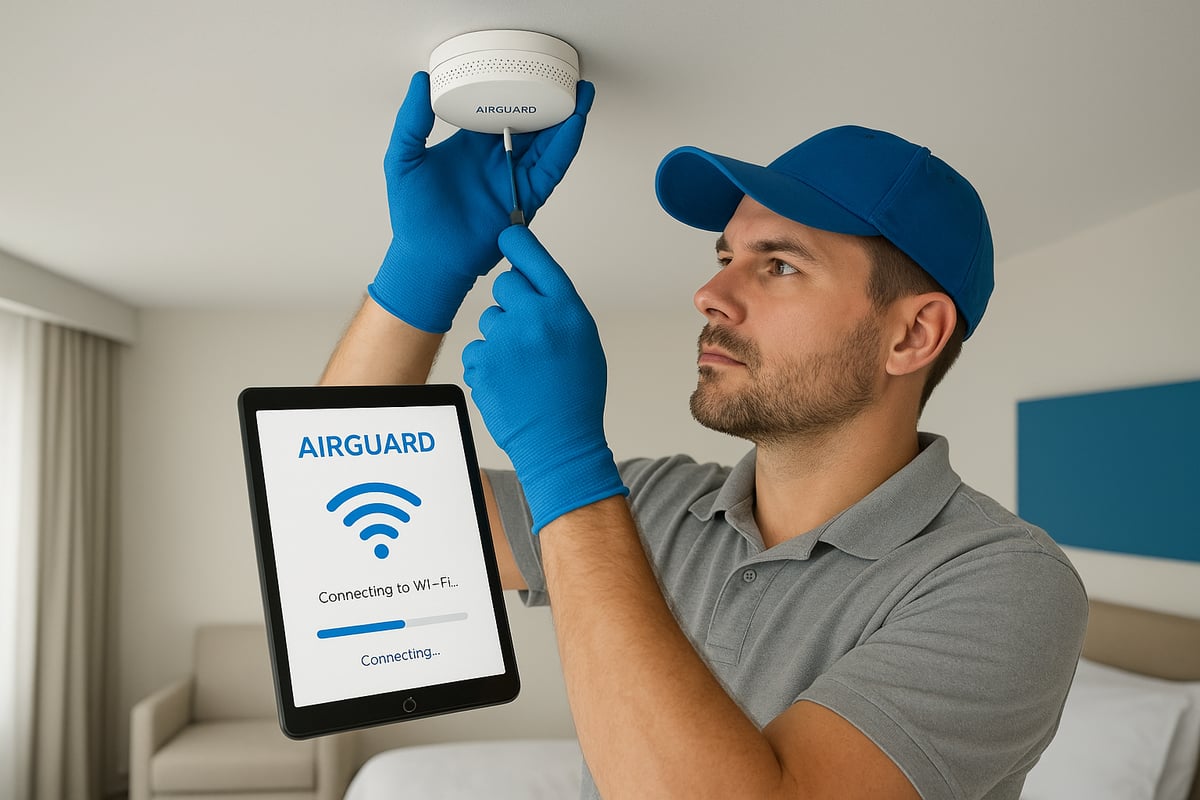
Step 1: Site Assessment and Planning
Begin by identifying all critical areas where the airguard smoke detector will provide the most value. Common locations include hotel rooms, communal lounges, offices, corridors, and student dormitories. Walk through each space to assess airflow, typical occupancy, and potential sources of interference.
Next, evaluate available power sources. Some sites may support plug-in units, while others rely on battery operation. Confirm that Wi-Fi connectivity is strong and stable in each location, as real-time alerts depend on reliable network access.
Finally, review local fire safety codes and building regulations. Ensuring compliance at this stage avoids costly adjustments later. By addressing these factors, you lay a strong foundation for effective airguard smoke detector installation and long-term success.
Step 2: Device Installation
Once planning is complete, proceed with the physical installation of each airguard smoke detector. Begin by unboxing the devices and reviewing included accessories. Mounting options typically include wall or ceiling placement for fixed units, while portable models can be positioned on flat surfaces for temporary coverage.
Choose the best power option for your environment. Plug-in units are ideal for locations with easy access to sockets, while battery-powered models offer flexibility where wiring is limited. In fast-paced environments like hotels, the rapid installation process minimises downtime and allows for swift deployment across multiple rooms.
For a detailed walkthrough, consult the Setting up your sensor guide for expert tips on mounting and initial setup. Proper installation is the cornerstone of effective airguard smoke detector performance.
Step 3: System Configuration
With devices in place, the next step is to connect each airguard smoke detector to your facility’s Wi-Fi network. Follow manufacturer instructions to ensure secure pairing and reliable communication. Set up user accounts for administrators and designate notification preferences to match your organisational protocols.
Integrate the detectors with existing property management, security, or building automation platforms if available. This enables centralised monitoring and streamlined response to incidents. Customise alert settings so that the right personnel are notified instantly in case of detected smoke or unauthorised substances.
Thorough configuration ensures that the airguard smoke detector operates efficiently and is tailored to the specific needs of your environment.
Step 4: Ongoing Monitoring and Maintenance
Regular monitoring and upkeep are crucial for sustaining airguard smoke detector performance. Schedule routine tests to verify sensor accuracy and ensure all alerts are functioning as intended. Keep firmware and software up to date to benefit from the latest features and security enhancements.
Clean each detector periodically to prevent dust and debris from affecting sensitivity. In the event of issues, consult troubleshooting guides or contact support for prompt resolution. Facilities that follow these practices report up to a 94 percent reduction in unauthorised smoking incidents, highlighting the importance of diligence.
By prioritising proper maintenance, you ensure your airguard smoke detector investment continues to protect people and property every day.
AirGuard in Action: Real-World Applications and Case Studies
From bustling hotels to secure correctional facilities, the airguard smoke detector is proving its worth across a spectrum of demanding environments. Its advanced detection technology is not just theoretical but delivers measurable benefits in real-world settings. Let us explore how this next-generation solution is transforming safety, compliance, and operational efficiency.
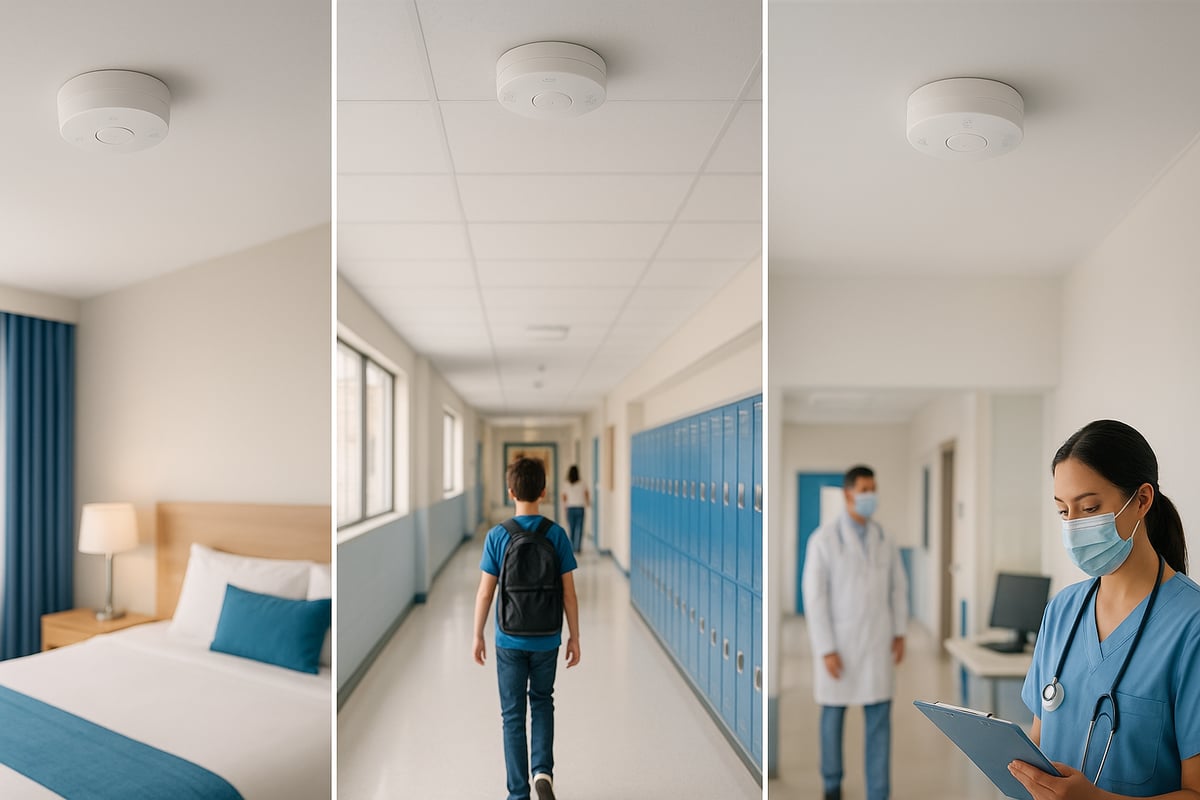
Hotels and Hospitality
Hotels face persistent challenges from unauthorised smoking and vaping in non-smoking rooms. The airguard smoke detector enables staff to respond quickly to incidents, minimising disruption and protecting asset value. Automated alerts are sent directly to management, allowing immediate action. This has led to reduced cleaning costs and faster room turnovers.
For example, a leading hotel chain reported a significant drop in guest complaints and property damage after deploying the airguard smoke detector system. With its precise smoke differentiation, false alarms are minimised and staff only respond to genuine incidents. This targeted approach helps maintain a smoke-free environment, supporting brand reputation and guest satisfaction.
Public Housing and Condominiums
Enforcing smoke-free policies is a top priority for housing associations and property managers. The airguard smoke detector is deployed in shared corridors, stairwells, and individual flats to deter illicit smoking. Real-time notifications empower administrators to address violations promptly.
In both US and UK housing associations, the airguard smoke detector has helped reduce complaints from residents affected by secondhand smoke. Compliance rates have improved, and administrators report greater confidence in meeting local regulations. Its discreet design ensures minimal disruption to residents' daily lives, while providing robust protection for the entire community.
Educational Institutions
Schools and universities are increasingly concerned about student vaping and cannabis use, particularly in dormitories and bathrooms. The airguard smoke detector is tailored for these environments, offering specific alerts for different substances. This allows staff to intervene quickly and educate students about policy violations.
After installing the airguard smoke detector, several schools reported a notable decrease in vaping incidents and related disciplinary cases. The system's data-driven insights also support ongoing prevention efforts. For more detailed results from real deployments in educational and other settings, see the Vape Guardian case studies.
Healthcare and Nursing Homes
Protecting vulnerable populations from the dangers of smoke exposure is critical in healthcare and nursing home settings. The airguard smoke detector is configured to send custom alerts to staff, ensuring rapid response without causing unnecessary alarm for patients or residents.
Nursing homes have found that the airguard smoke detector supports compliance with health regulations and enhances overall safety. The system's reliability contributes to peace of mind for families and staff alike. Regular monitoring and maintenance ensure that sensitive areas remain protected around the clock.
Correctional Facilities
Correctional environments demand robust monitoring to prevent contraband substance use. The airguard smoke detector is used in cells, communal spaces, and visitor areas to detect tobacco and cannabis smoke as well as vaping aerosols. Its adaptability allows facility managers to tailor responses to specific zones.
Facilities report that the airguard smoke detector helps maintain order and supports rehabilitation goals by discouraging illicit behaviour. Its integration with security systems provides a complete picture of facility safety, making it an essential tool for modern correctional management.
Privacy, Compliance, and Ethical Considerations in 2025
As the airguard smoke detector brings advanced detection capabilities to modern spaces, privacy concerns are becoming as important as safety. In 2025, legal and ethical considerations shape how property managers, schools, and businesses deploy these technologies.
Navigating Data Protection and User Rights
The airguard smoke detector operates within strict legal frameworks such as GDPR and local privacy laws. These regulations demand that any device monitoring air quality or substance use must minimise data collection and protect user rights. For hotels and schools, transparency is vital. Guests and residents expect to know what is being monitored and how their information is safeguarded.
Managing Data: Collection, Storage, and Sharing
The airguard smoke detector collects data on air quality events, identifying substances like tobacco or cannabis. However, it does not record audio or video, focusing solely on chemical signatures. Data is securely stored, typically anonymised, and shared only with authorised personnel. For example, notification systems can alert hotel managers or school administrators without directly involving law enforcement unless required by policy.
A responsible approach to data management is essential, especially as technology advances. Industry research, such as the Uncertainty-Aware Post-Detection Framework for Enhanced Fire and Smoke Detection, highlights the need for clear protocols in processing and communicating sensitive information.
Stakeholder Perspectives: Balancing Safety and Privacy
Administrators value the airguard smoke detector for its effectiveness, but residents and guests may worry about surveillance. Open communication helps build trust. Posting clear privacy policies, offering opt-in notifications, and allowing feedback all contribute to positive relationships. In schools, parents want assurance that monitoring is for safety, not punitive action.
Trends: Transparency, Scrutiny, and Ethical Use
Increased scrutiny is shaping how the airguard smoke detector is deployed. Public awareness of surveillance is growing, and ethical use is now a competitive advantage. Transparent policies, regular audits, and user consent are becoming standard. By following these principles, organisations can protect both safety and privacy, ensuring technology serves everyone’s interests.
AirGuard vs. the Competition: Key Comparisons for 2025
Choosing the right smoke detection system in 2025 is more complex than ever. With evolving threats and stricter standards, it is essential to see how the AirGuard smoke detector stands up against traditional and smart competitors. This section provides a clear, structured comparison to help you make an informed decision for your environment.
Feature Comparison Table
Let us break down the main differences between the AirGuard smoke detector and leading competitors.
| Feature | AirGuard Smoke Detector | Standard Smoke Alarms | Other Smart Detectors |
|---|---|---|---|
| Detection types | Tobacco, cannabis, vaping aerosols | Smoke/heat only | Mostly smoke, some vape |
| Sensor technology | Polymer film, substance-specific | Optical/ionisation | Mixed (optical, chemical) |
| Alert system | Real-time Wi-Fi, admin dashboard | Audible siren | App/phone alerts |
| Device formats | Plug-in, handheld, portable | Fixed units | Mostly fixed |
| Integration | Building management, cloud | Minimal | App/cloud |
| Accuracy | Up to 96 percent | Moderate | 85 to 90 percent |
| Incident reduction | Up to 94 percent* | Unspecified | 80 to 85 percent |
| Cost of ownership | Moderate, long term savings | Low upfront, higher risk | Higher upfront, variable |
| User experience | Simple setup, custom alerts | Basic | Moderate |
*Based on similar sensor deployments
Detection Capabilities
The airguard smoke detector leads in specificity, using advanced polymer film sensors to distinguish between tobacco, cannabis, and even vaping aerosols. Most standard alarms only detect generic smoke, missing substances like vaping or cannabis that are increasingly relevant in 2025.
Competitors in the smart detection space are advancing, but few match the airguard smoke detector’s substance-level accuracy. If you are considering alternative technologies, the Best vape detector and sensors page provides a detailed look at how leading solutions compare in real-world settings.
Connectivity and Integration
Modern safety management requires more than just an alarm. The airguard smoke detector’s real-time Wi-Fi alerts, integration with property management systems, and cloud connectivity ensure that administrators receive instant, actionable information.
While some competitors offer app-based alerts, few provide the seamless dashboard experience or compatibility with large-scale building management systems that the airguard smoke detector delivers. This connectivity is especially important for hotels, schools, and healthcare facilities managing multiple locations.
Cost, Ownership, and User Experience
Evaluating cost of ownership means looking beyond the price tag. The airguard smoke detector offers moderate upfront costs but delivers potential savings by preventing costly incidents and reducing room turnover in hospitality settings. Its plug-in and portable formats provide flexibility for rapid deployment, unlike many fixed-unit competitors.
User experience is another differentiator. The airguard smoke detector is designed for straightforward setup, with intuitive controls and customisable notifications. This simplicity supports fast adoption and minimises training overhead.
Market Trends and Final Insights
Industry data shows a surge in demand for smart detectors that go beyond basic smoke sensing. According to recent Smart Smoke Detectors Market: Top Trends & Suppliers 2025 reports, facilities adopting advanced solutions like the airguard smoke detector consistently report higher compliance and faster response times.
Ultimately, the best choice depends on your building’s needs, regulatory requirements, and the specific risks you face. The airguard smoke detector is a strong contender for any environment seeking advanced detection, robust integration, and measurable results.
Maximising Safety: Best Practices and Expert Tips for 2025
Staying ahead in smoke detection requires more than just installing devices. With the airguard smoke detector, you gain advanced technology, but maximising its value depends on best practices tailored for 2025. Let us examine proven strategies to optimise safety in every environment.
Optimising Detector Placement and Response
Strategic placement is the cornerstone of effective smoke detection. The airguard smoke detector performs best when installed in areas where risks are highest, such as guest rooms, communal spaces, corridors, and near entrances.
Consider these placement tips:
| Area | Placement Tip | Rationale |
|---|---|---|
| Hotel Rooms | Centre of ceiling | Even coverage |
| Communal Spaces | Near HVAC vents and exits | Detects smoke movement |
| Offices | Above workstations | Early warning for staff |
| Bathrooms | Near doorways, away from steam sources | Minimises false alarms |
Unlike a traditional or aspirating smoke detector, AirGuard focuses on substance-specific identification, making precise placement essential for optimal performance.
By mapping out high risk zones and layering devices, you can ensure the airguard smoke detector delivers timely alerts. This approach supports rapid response protocols, reducing the likelihood of incidents escalating.
Training, Integration, and Routine Audits
Ongoing training is vital for all staff and residents to ensure everyone understands how to respond to alerts from the airguard smoke detector. Develop clear protocols that outline immediate steps to take after an alarm, from investigation to evacuation if needed.
Integration with existing safety and security systems streamlines communication. Connect the airguard smoke detector to centralised building management platforms for unified monitoring and record keeping.
Regular audits and incident reviews are crucial. Schedule routine checks to test device sensitivity and ensure software is up to date. Document all incidents and responses to identify trends and areas for improvement.
Facilities that maintain comprehensive training and audit schedules consistently report the fastest response times and lowest incident rates.
Proactive Policies and Multi-Site Monitoring
Adopting proactive policies ensures the airguard smoke detector remains an effective deterrent. Set up regular policy reviews to align with evolving regulations and building codes.
For organisations with multiple locations, such as hotel chains or school districts, centralised monitoring is invaluable. Use cloud-based dashboards to oversee all devices, track alerts, and coordinate responses across sites.
This proactive, data-driven approach empowers safety teams to act quickly and address issues before they escalate. Consistent policy reviews and multi-site analytics keep your smoke detection strategy ahead of emerging risks.
By combining technology, training, and proactive management, you unlock the full potential of the airguard smoke detector and ensure ongoing protection for everyone on your premises.
As we’ve explored, staying ahead of evolving safety standards in 2025 means having technology that can adapt to new challenges—whether that’s detecting vaping, cannabis, or traditional smoke in your environment. AirGuard’s smart sensors and real-time alerts offer a robust solution for schools, offices, and shared spaces. If you want to take proactive steps to safeguard your building and ensure compliance, it’s worth reaching out for professional advice tailored to your needs.
You can talk to our team and protect your building today.
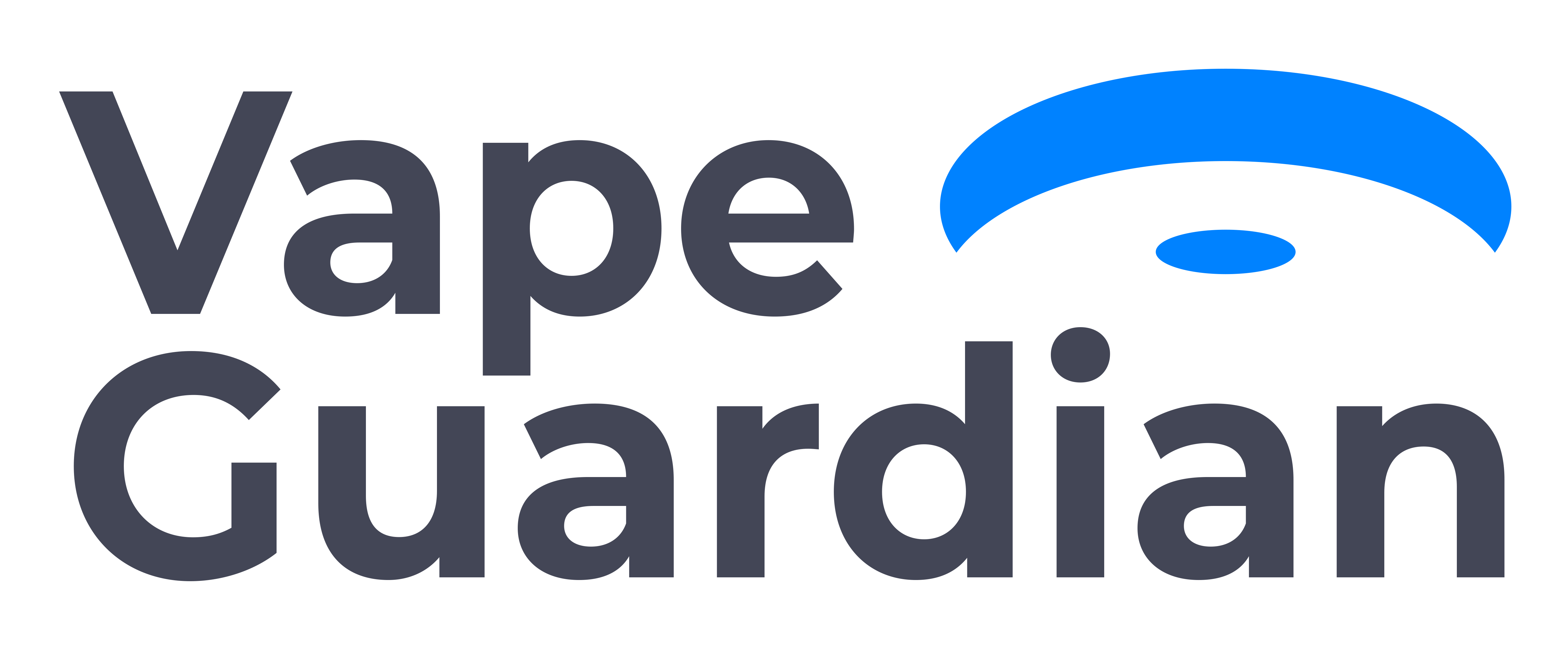
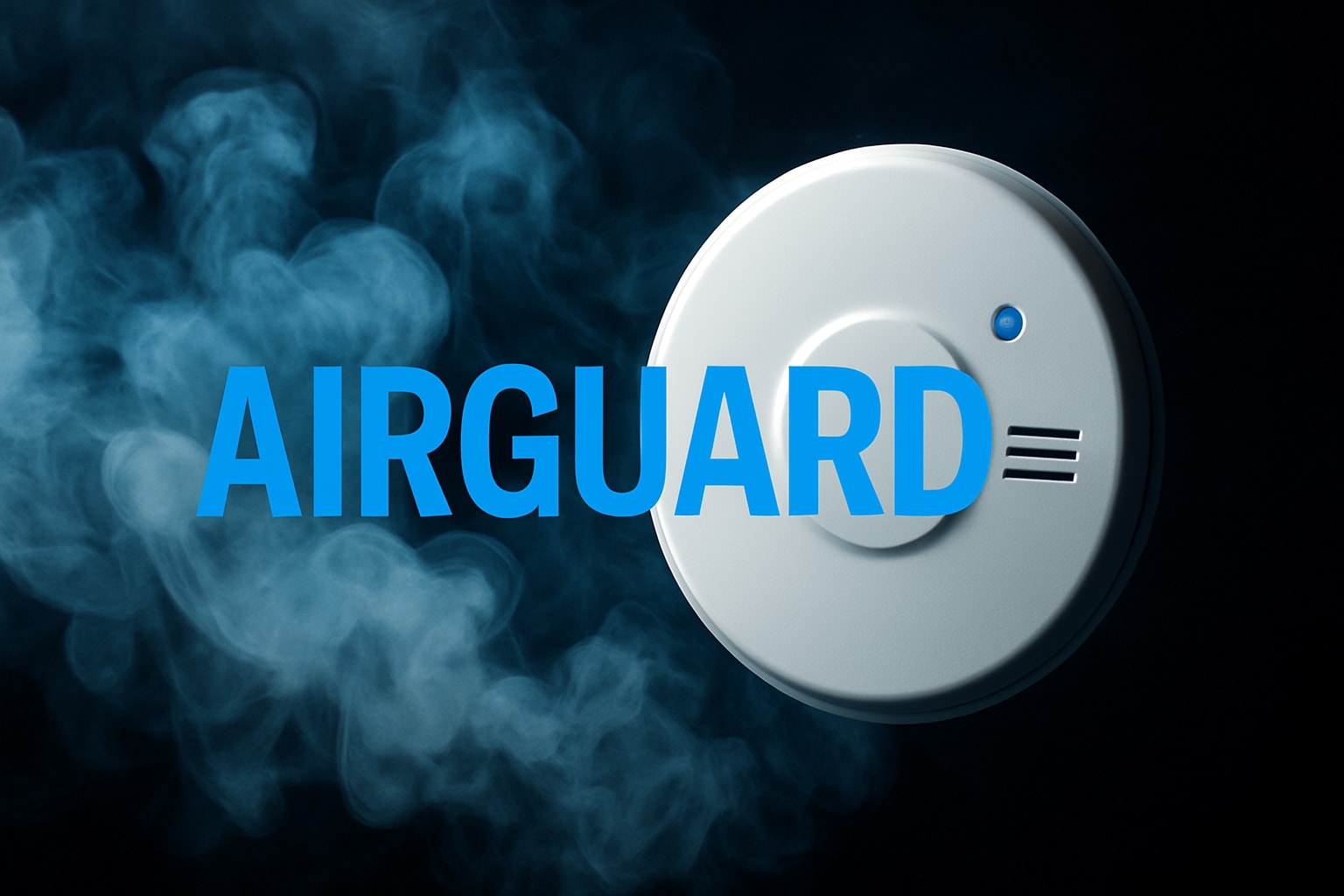
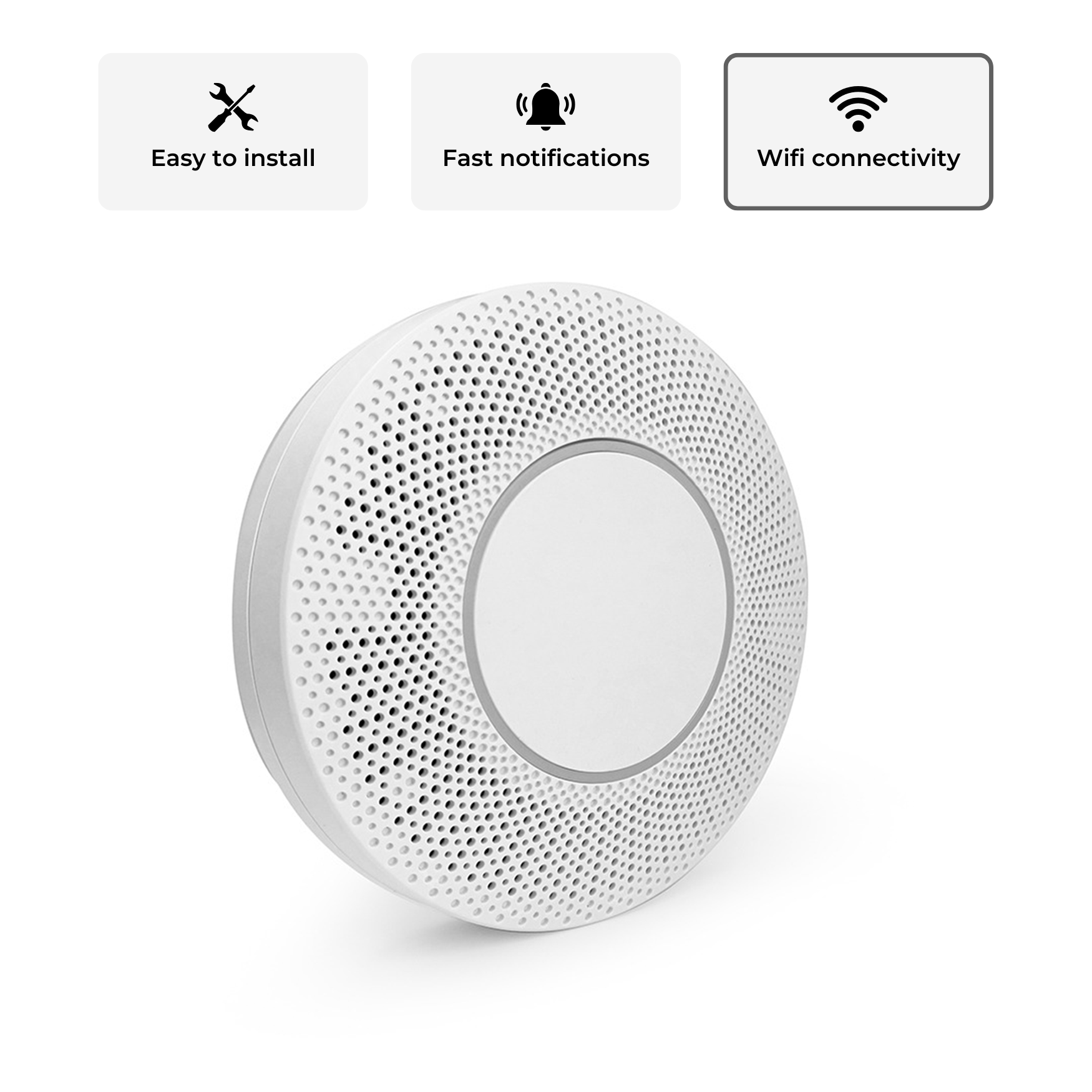
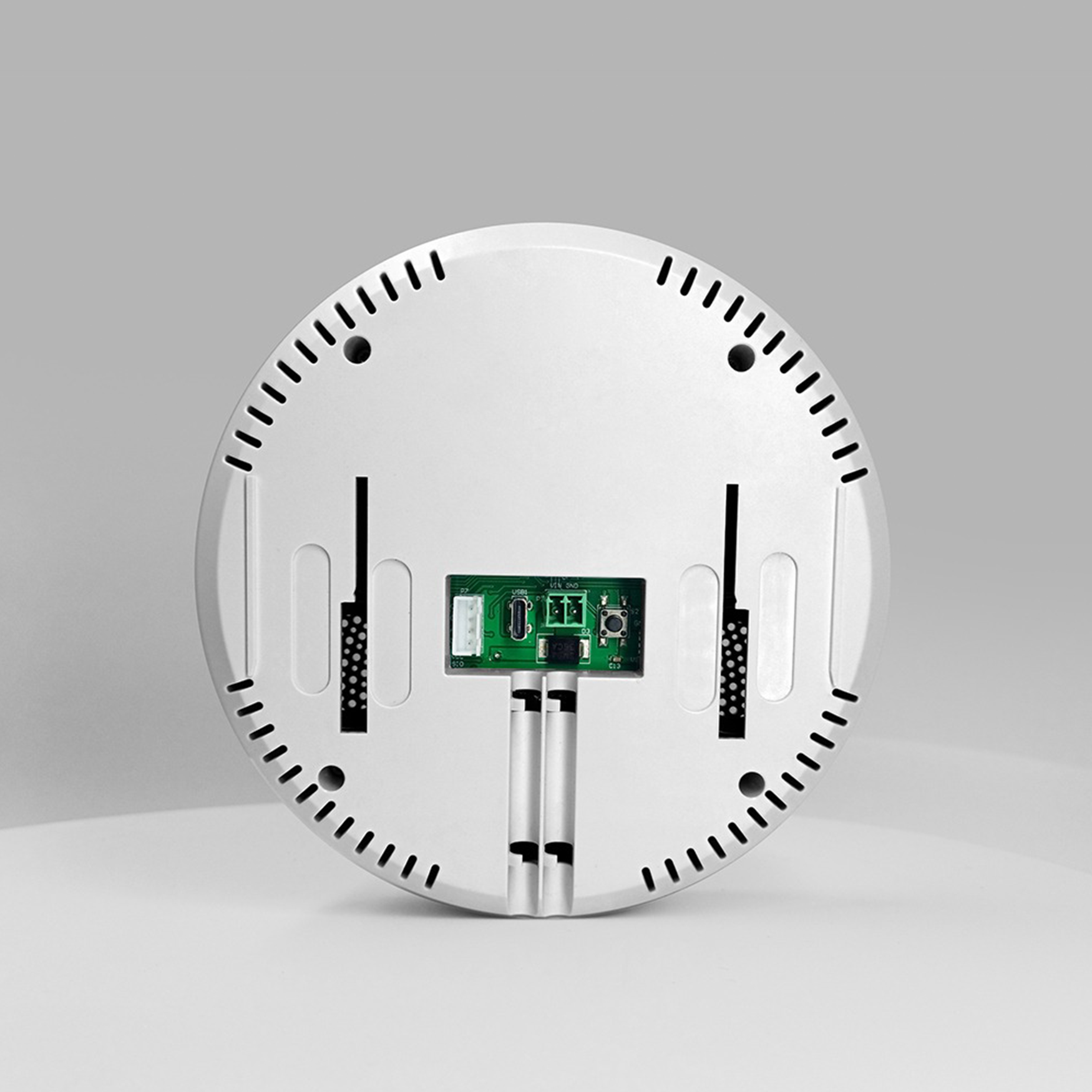

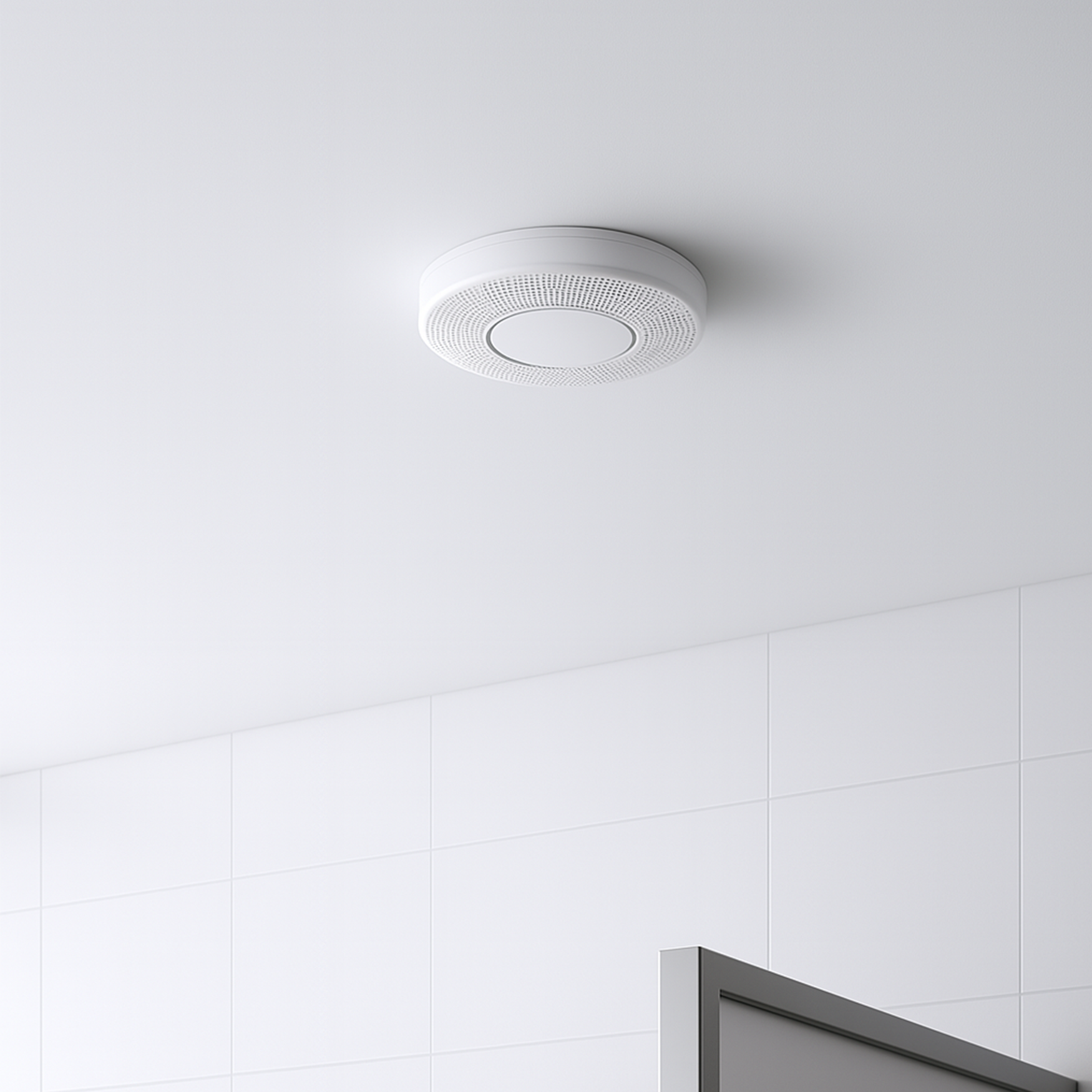
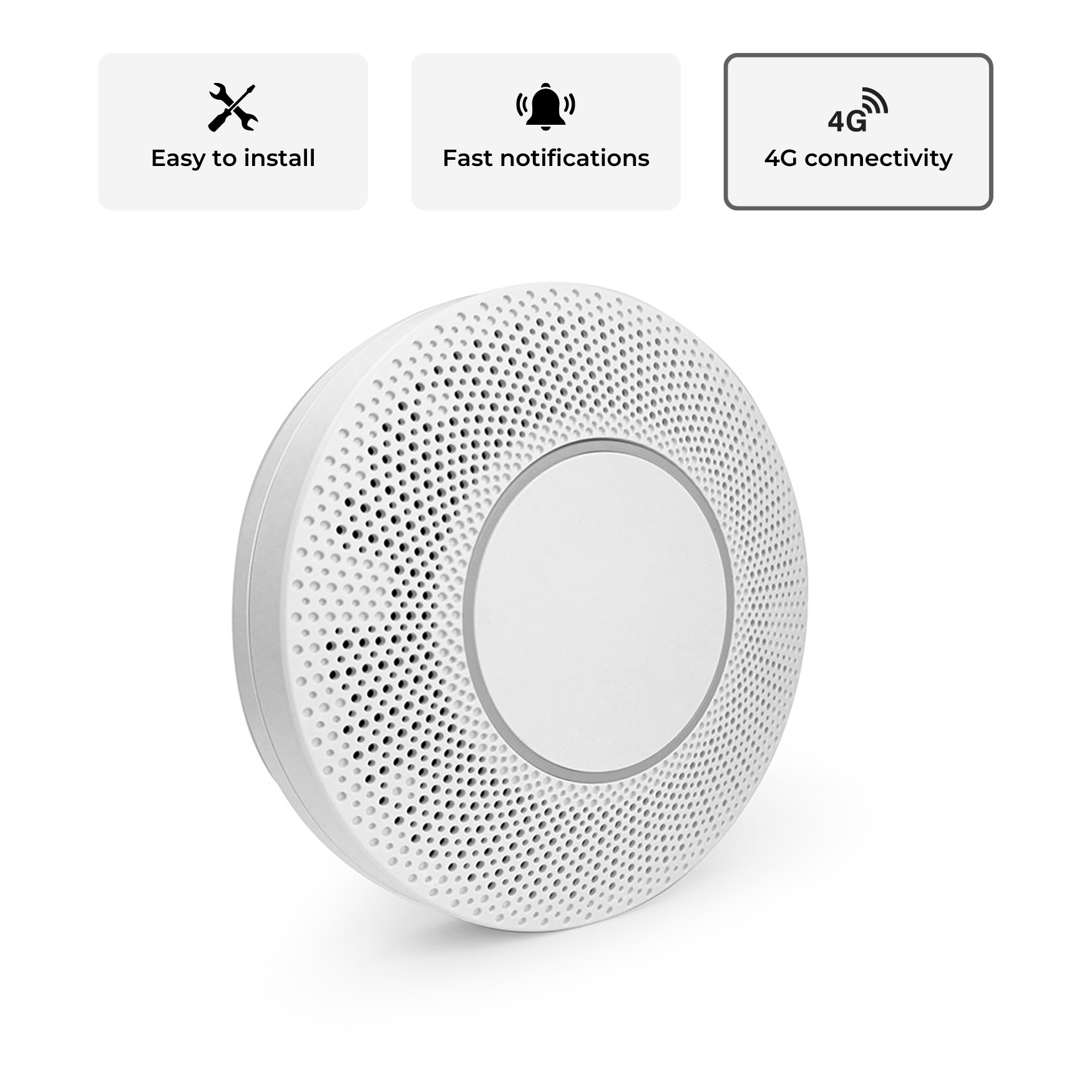
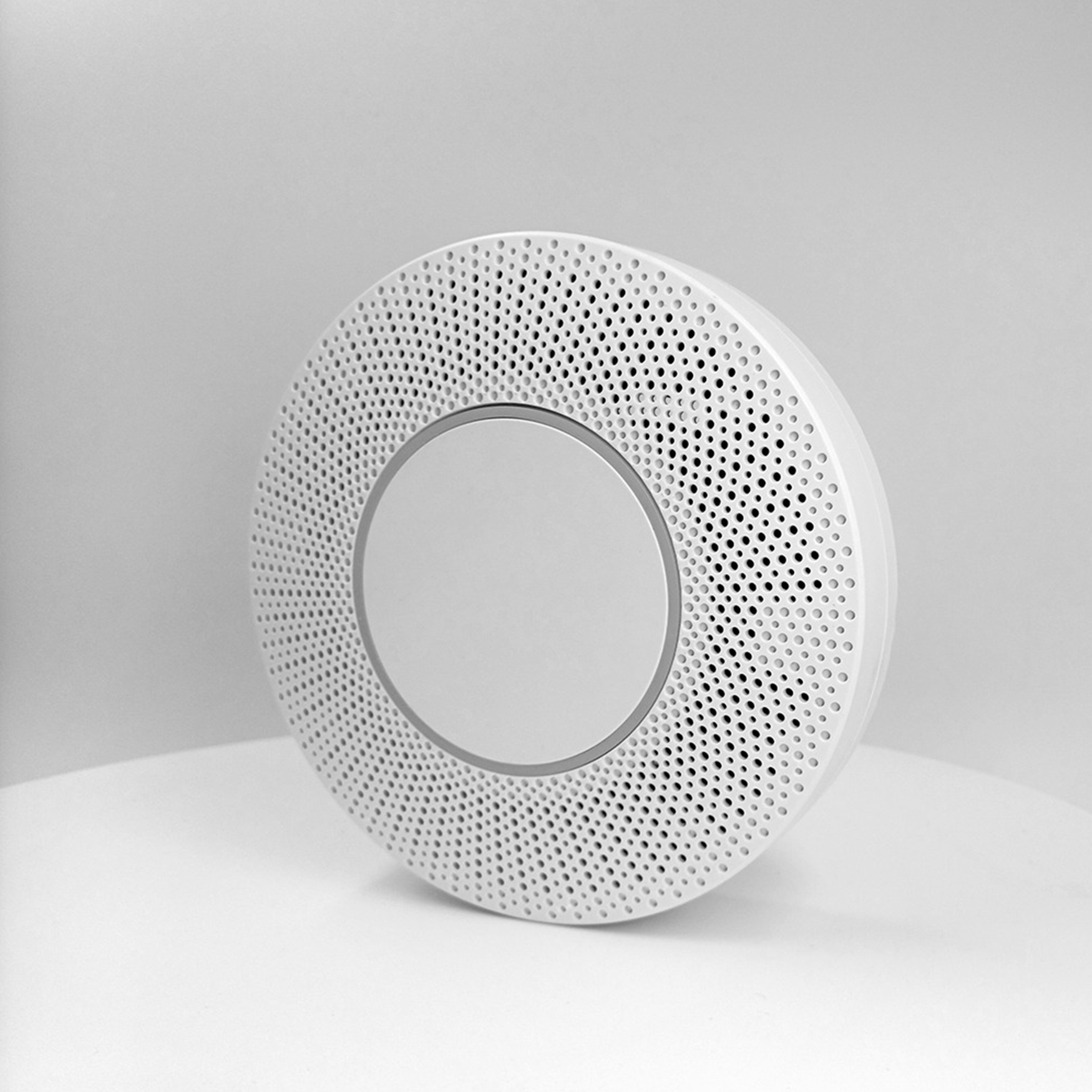


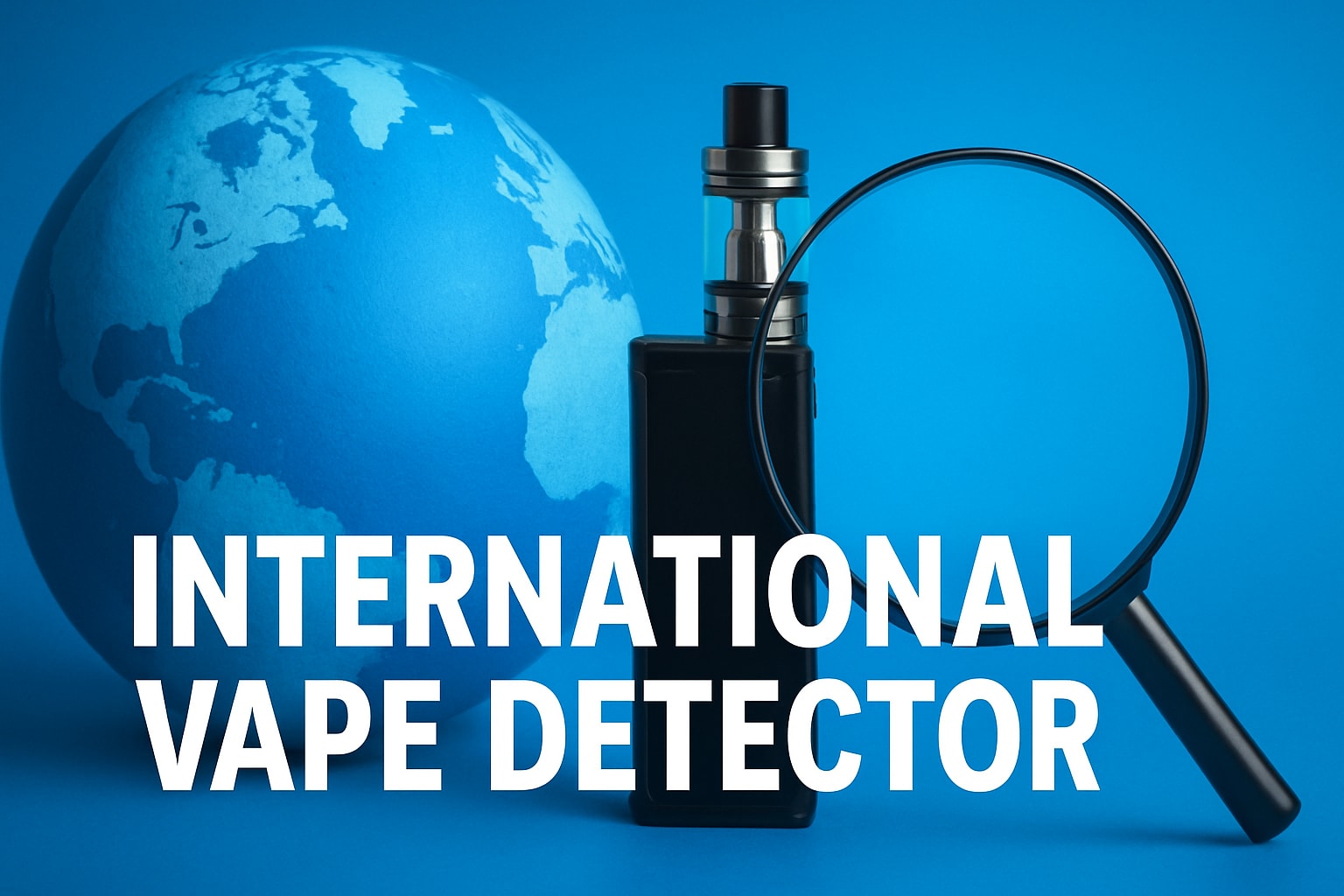
Share:
Vape Detection UK Guide: Essential Insights for 2025
Vape Detection Australia Guide: Your 2025 Roadmap to Success